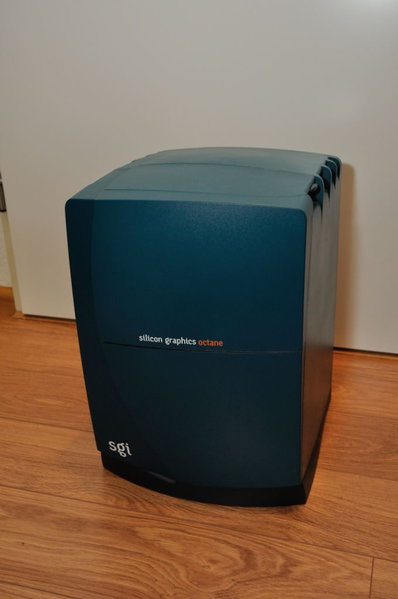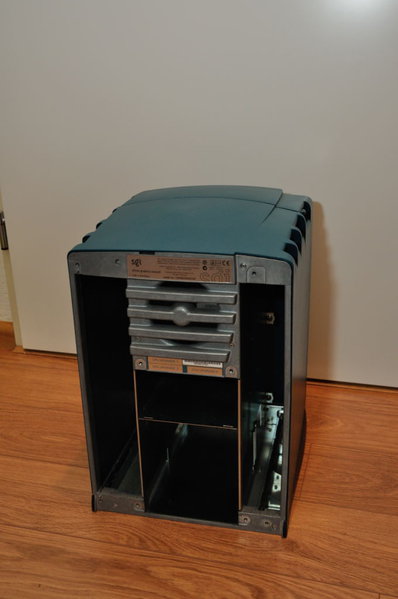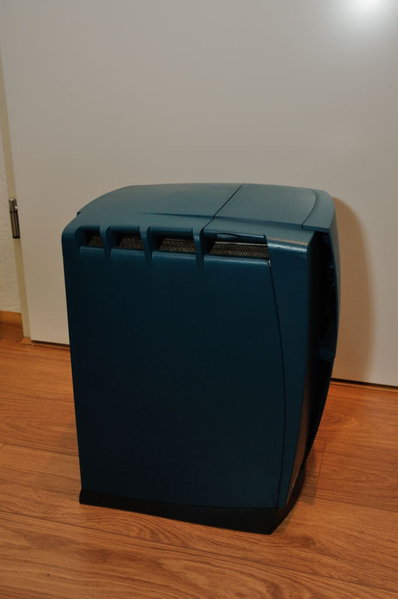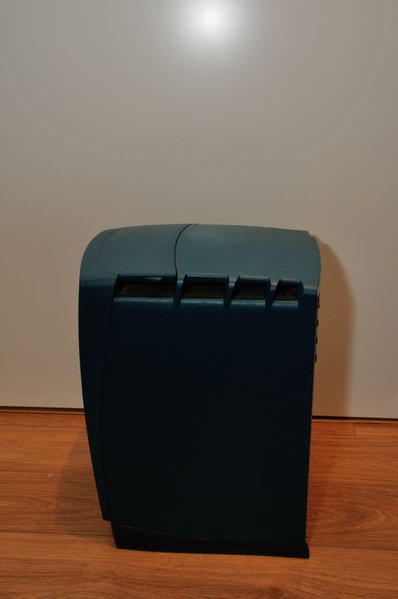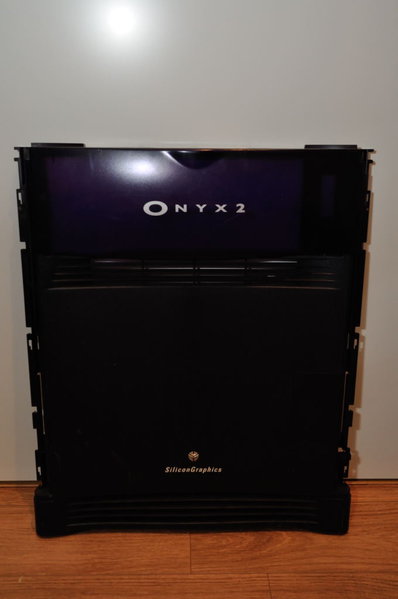Pontus wrote:
I seem to recall that PSU:s tend to fail on these machines, perhaps a preventive recap is in order?
There are two types of PSUs for these systems: Power One ("silver") and Cherokee ("black").
The Power One is a modular PSU sold to many customers, in many different configurations. If they fail they tend to just not start up. The Cherokee is less fancy and tends to just self destruct (charred PCBs etc). For this reason, and the fact that they come apart nicely (easier to repair!) I prefer the Power One. Usually you find the Power One in older Power Series and the Cherokee in Crimsons. I have always suspected that the Cherokee PSU was a matter of production cost saving. The PowerOne PSUs were marketed in nuclear and medical applications so they probably did not come cheap.
Otherwise my biggest concern would be the cooling (fan tray), which is not monitored. For that reason alone I would probably pull the cards and do a test run without any cards in the card cage so you can inspect the fan tray. There were two different generations of fan trays for these systems: the original and the "RE-ready" one. You'll probably find the latter one in the Crimson, the fans are positioned slightly different to better cool a Reality Engine.
Next up do a test run with the cards installed and monitor the LEDs on the cards. If they are "solid" (there is supposed to be LED activity during operation): good. If they all blink "nervously" in sync: power down immediately because you've got a PSU problem. Do not run the system for too long with the card cage open.
Oh, and if you dig deep enough into the USENET archives (comp.sys.sgi.*) you'll find discussion about a 1050W PSU versus a 1500W PSU, with the latter assumed to be RE ready. This is all nonsens. Both the Power One and the Cherokee have exactly the same output specs. The Power One, being modular, has a chassis capable of (at most) 1500W power
intake
from the mains, but the modules installed in this PSU configuration have a combined power
output
of 1050W. A different module configuration might get closer to that 1500W number, and of course there's a loss between input and output. You have to remove the PSU from it's chassis before the label which spells it all out becomes visible. Bigger PSUs existed but were used in 4D "Predator" and "Skywriter" racks.
Random final remark: beware of the capstan rollers of QIC150 cartridge tape drives. They "rot" and turn into chewing gum.
Have fun!


 (2x)
(2x)



 (2x)
(2x)



